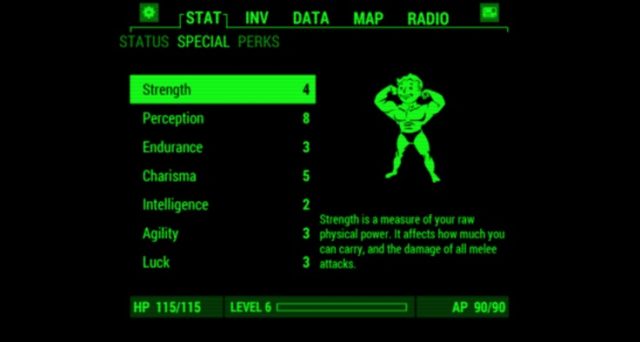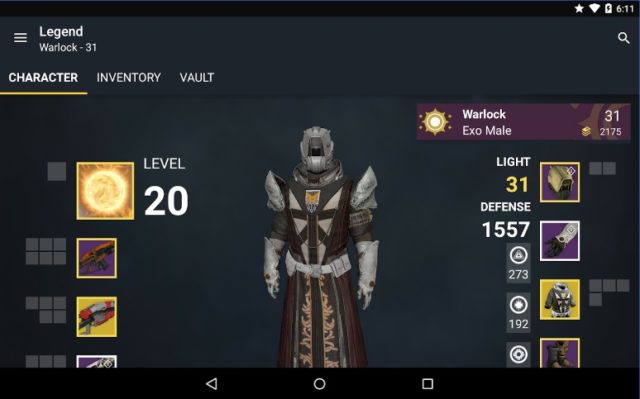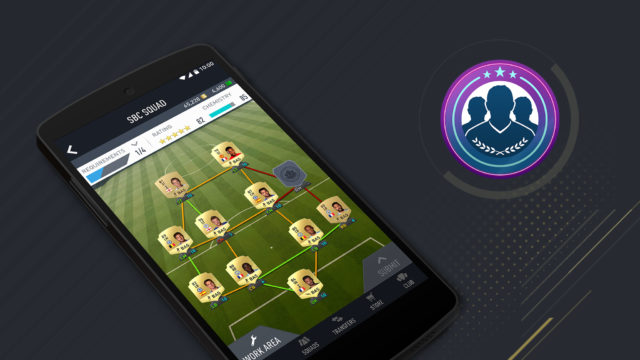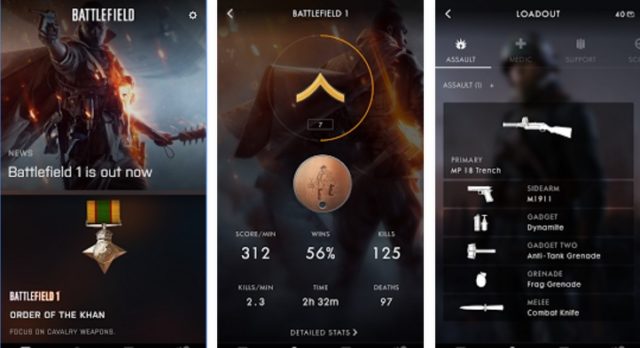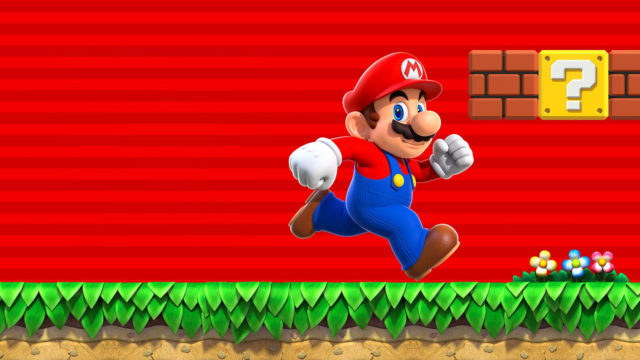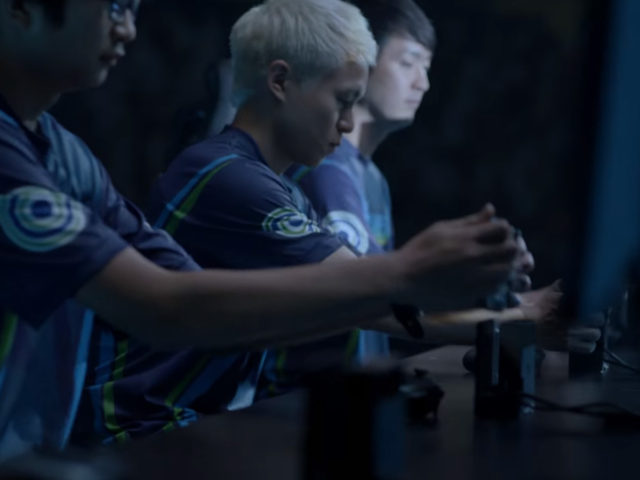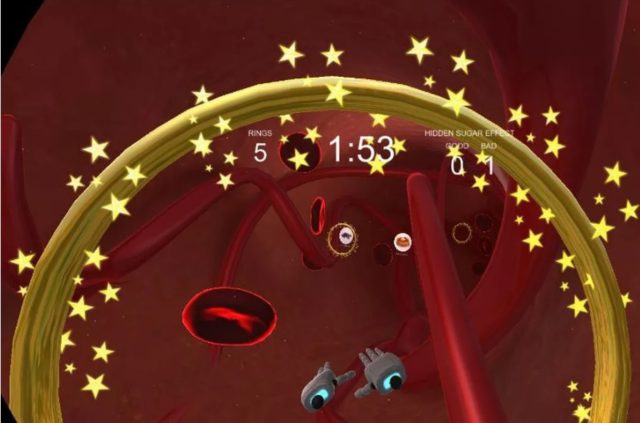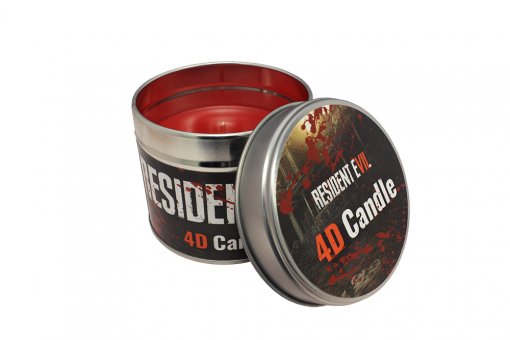What do Adidas, Visa, Lionsgate, 5 Hour Energy, the Milwaukee Bucks and the Miami Heat have in common? They all invested in eSports over the last week. These companies are the latest in a growing trend for non-endemic brands to realize the potential of this young, engaged demographic.
According to Manny Anekal of The Next Level, here are the brands that invested in eSports in 2016:
Food/Beverage
From health food to guilty pleasures, the largest number of new investors comes from the food and beverage industry—continuing a long history of partnerships between food and gaming brands.
- Taco Bell
- Buffalo Wild Wings
- Carl’s Jr.
- Slim Jim
- Mountain Dew
- Reese’s Puffs
- Arby’s
- Pizza Hut
- Snickers
- Hot Pockets
- Domino’s Pizza
- Bud Light
- Coca-Cola
- Soylent
- Quest Nutrition
Quest Nutrition, maker of the Quest Bar, is the first non-endemic sponsor to get on board Robert Morris University’s (RMU) eSports program.
“After researching the space, meeting with pro players, and talking about their training regiment, we realized that these athletes need to treat their bodies much like traditional athletes do and we want to help them tell the story of how living a healthy lifestyle can help their performance,” Nick Robinson, chief marketing officer of Quest Nutrition, told [a]listdaily.
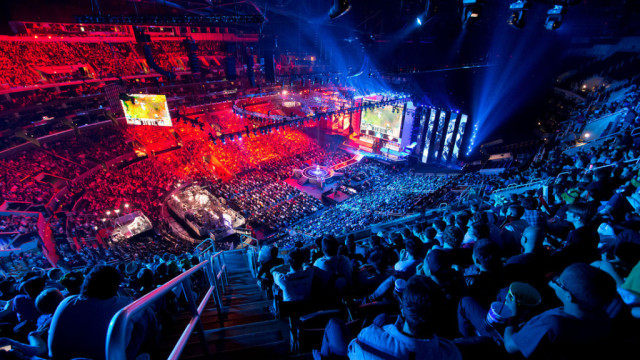
Media
- MGM
- 20th Century Fox
- Legendary
- Universal
- Sony Pictures
Tech/Communications
- Vodafone
- AT&T
- Xfinity
- Bell
- Dolby
- T-Mobile
- Hisense
- Sennheiser
- Orange
- Honor
Energy
- Gazprom
Financial
- Gemini Trust
- Visa
- St. George
Visa hosted the Visa Vegas eRace at CES this year and has partnered with eSports team SK Gaming for 2017. Lara Balazs, senior vice president and head of North American marketing at Visa, told [a]listdaily these endeavors into eSports and the Formula E are not short-term ventures. “Our European division of Visa has been engaged in eSports for a few years,” Balazs said. “We in North America and in other regions of our global footprint are starting to look at eSports and consider how it fits into our overall go-to-market approach.”
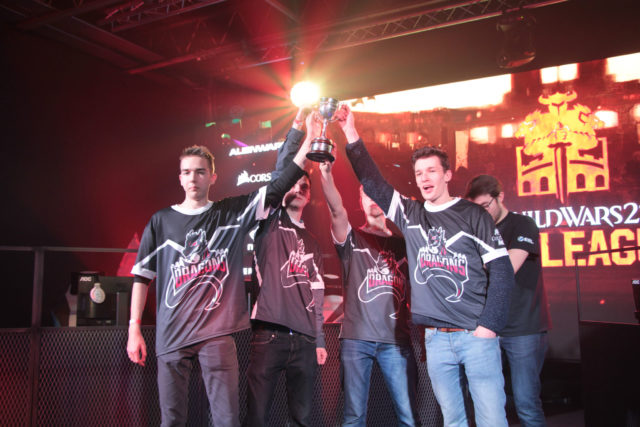
Transportation
- Ford
- Hyundai
- Audi
- Nissan
- Uber
Other
- Turtle Wax
- Michelin
- Gillette
- Geico
- Mobil
- Axe
- Credit Karma
- Weedmaps
- Adidas
Rob Candelino, vice president of marketing and general manager of haircare at Unilever (maker of Axe), told [a]listdaily that eSports is an international gaming phenomenon that is rapidly growing with millions of fans and a large following of young males.
“Best of all, many of the eSports players have great hair and everyday style their fans want to emulate,” Candelino said. “These players understand the importance of looking their best whether playing in an international tournament or practicing at home in the team house. Partnering with eSports players is a great opportunity for Axe Hair to speak to fans about how easy everyday styling can be through the voice of the flourishing eSports community.”
Why ESports Is Worth The Investment
As you may have noticed, not all the above investing brands seem to fit into what you’d imagine eSports to be, but consider this—competitive gaming and eSports is projected to be worth $1.1 billion by 2019 and more viewers currently watch it than the World Series and NBA Finals.
Matthew “Nadeshot” Haag, a pro gamer and former captain of Optic Gaming, told [a]listdaily that non-endemic brands are crucial to eSports because they support engagement and send people who know their brands into the gaming and eSports world. “They put more eyes into the industry we’re working in and help drive sales and supplement the community,” Haag said. “Non-endemic brands that have never stepped into this space provide so much opportunity to complement eSports and implement their brand. It’d be great if more companies follow suit and find more creative ways to work in eSports. Anybody getting into eSports now is ‘A-OK’ in my book.”
Coming to Los Angeles on February 16, [a]list summit: Competitive Gaming + ESports is the definitive event for marketers who want to understand eSports and competitive gaming and are looking to investigate opportunities in the space.
Register now to attend [a]list summit and learn the tactics and techniques to tap into this massive opportunity and get in front of this vibrant, burgeoning audience.
Learn everything you need to know to invest in today’s fastest-growing media channel—Competitive Gaming and eSports on 2.16.17 in Los Angeles. Go to alistsummit.com for more info.
